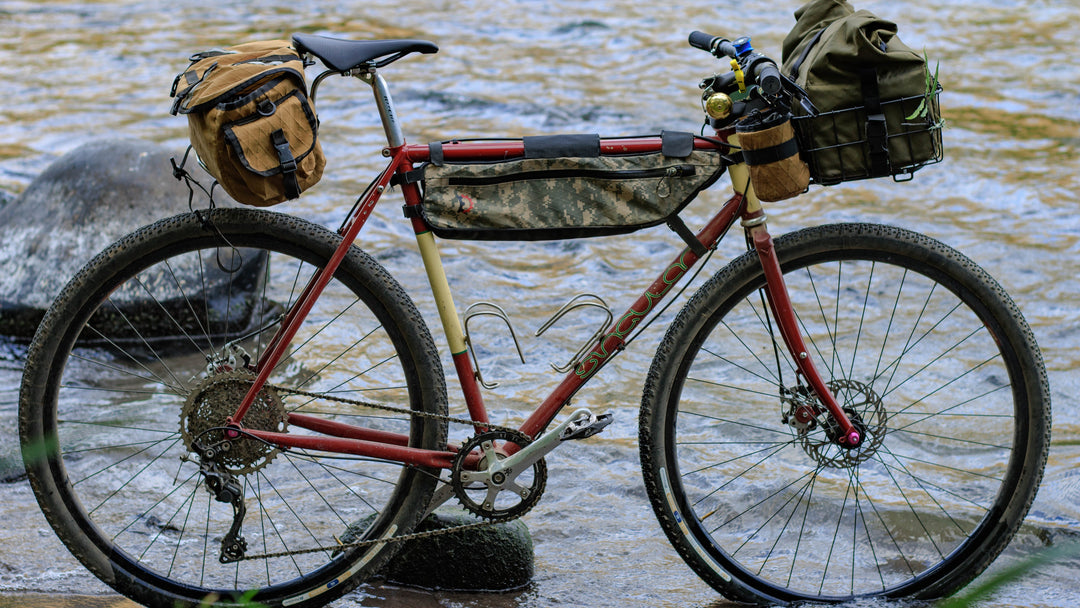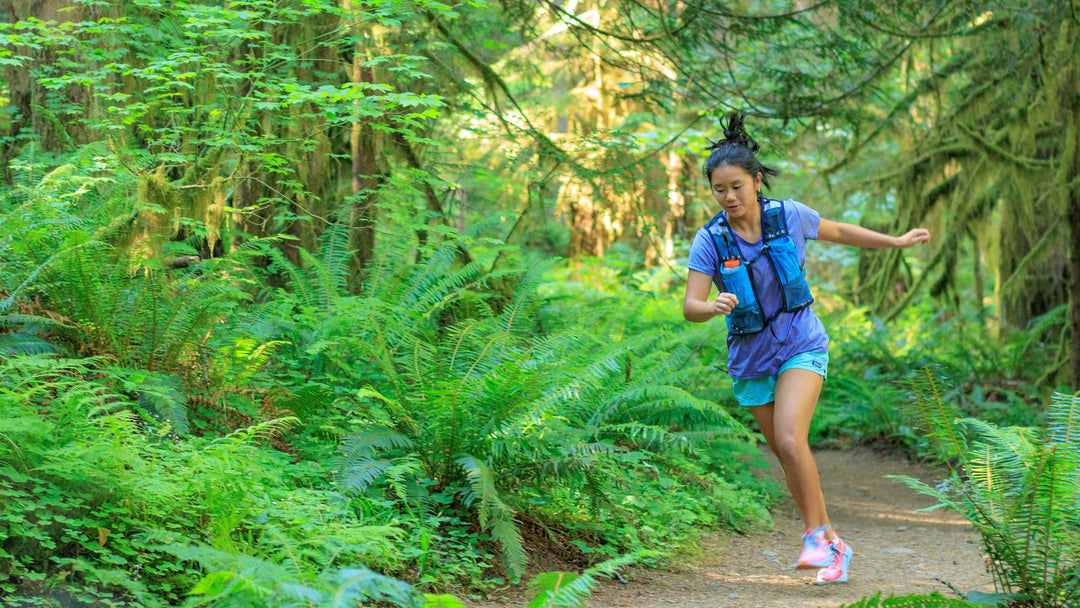Couscous: the underrated hero of ultralight backpacking meals

For years the obvious solution for ultralight hikers was to make the simplest, lightest food available: instant noodles. But with the introduction of more Mediterranean foods to European and American diets, couscous is taking over as one of the most popular ultralight foods.
For me personally, couscous always made more sense than noodles: I come from a Moroccan family where couscous is truly a staple, not just an addition. I'm pretty sure that as a kid, I had more couscous than rice, but that is beside the point; couscous is an excellent meal, specifically ultralight backpacking food. The biggest benefit of couscous (instant kind) is that it needs no cooking, just add some hot water and you are done. This is especially useful when you start hot or cold soaking or doing cooking in a bag. Our new Buc bags are perfect for this, especially if you are planning on sharing a meal with others: make 2 servings in the Buc and share around.
What is Couscous
The most common misconception about couscous is that it is a grain, since it looks so much like quinoa or even rice. In fact, this is not correct. Couscous is much more similar to pasta, made from durum (hard) wheat; but unlike pasta, the binding liquid is water (not eggs) and couscous is made of semolina (not flour).

Couscous originated in Northwestern Africa, probably first made by the Berbers of the Atlas Mountains. In Berber language, couscous means "rounded" and/or "well formed". This is a reference to how couscous is made: taking a semi-dry mash of durum semolina, flour and water and rolling it repeatedly through a metal sieve to make small, round balls (about 3 mm). The couscous "balls" can then be cooked fresh (over steam) or dried and then rehydrated with water.
Though there are many variations on couscous by region - size, wheat content, etc. - I want to focus only on the original couscous as it came from the Berbers and is available now as instant couscous. Here are some similar dishes that are NOT "original" couscous: Pearl Couscous (Lebanese, much bigger), Matful (Palestinian, made of bulgur), p’titim ("Israeli couscous," toasted pasta). There are many more.
Making Couscous at home
If you are really keen on making couscous from scratch, here is a video below, though don't feel like you have to - I can tell you that my Moroccan grandmother never made it from scratch and just used the instant kind.
If you have less time and more sanity, just buy instant couscous, I personally use the Osem kind (Israeli company) as this is what I'm used to. I buy them in the biggest bags I can as it will last forever and is a great emergency food.

If making a meal at home, it is best to make the couscous separately and combine with whatever you make (sauce, meat, vegetables, etc.). For the perfect couscous: 1 cup of dry couscous, 2 pinches of salt, 2 "glugs" of oil; mix thoroughly with a fork and add exactly 1 and 1/4 boiling water. Let sit for at least 5 minutes (8 minutes best) and mix every 2 minutes or so with the fork. Done.
I won't give you recipes with couscous as the list is endless, but at my house we treat it like all starch bases: rice, pasta, noodles - just serve with what you like.
Couscous on the trail
The process for making couscous on the trail is exactly the same as the recipe above, although I skip the oil and might add some powdered spices/flavor.
I know that some hikers want to have the best ROI on their food carry in terms of calories. Though couscous does provide a healthy 150 calories on a 1/4 cup of dry couscous (an adult serving), it is not as much as a pack of instant noodles (188 calories). Where couscous shines is the fact that it is better for you than most "instant" foods and it is a great base for any meal you choose.
Here are the full nutritional facts for the average couscous (1/4 cup):
- 150 calories
- 30 grams of carbohydrates
- 5 grams of protein
- 2 grams of fiber
- 0 grams of fat
- 20 milligrams of calcium
- 1 milligram of iron

3 Simple recipes using couscous
1. The lazy meal (also great for cold soaking)
This is by far the easiest meal to make on the trail: 1/3 cup of couscous, 1 pack of soup in a cup of choice, 1/2 cup of hot or cold water.
Let it sit, and stuff in your face...it is that simple!
2. Moroccan style couscous
This is based on my grandmother's couscous soup, so it is a general adaptation.
At home combine in bag 1 (like the Buc):
- 1/2 tsp of: chicken stock
- 1/4 tsp of: cumin, black pepper
- 1/4 cup of: dried carrots, diced potatoes, cabbage, pumpkin and chickpeas (try the Harmony House veggies)
In bag 2: 1/2 cup couscous and a pinch of salt (For this a Ziplock works best)
In camp: Fill bag 1 with enough water to cover the vegetables (might need topping up) and soak for a couple of hours. Then cook for 5-10 minutes. Add more water to soak into the couscous, bring to the boil again and add the couscous in. Let sit 10 minutes and enjoy.
Bonus add: chicken chunks.
3. Sweet couscous (or dessert)
For me this couscous is part of holidays and eaten on special occasions, though it is great as a filling meal or if you need a more "hearty" desert to share.
At home combine in a cook bag:
- 1/3 cup couscous
- 2 tbsp: raisins, chopped dates (usually 2 of them), chopped dried apricot, almond milk powder
- 1 tsp: brown sugar
- Pinch of salt and a pinch of cinnamon
In a second bag (small one): 1tbsp of blanched and chopped almonds + chopped walnuts
At camp, add 2/3 cup of boiling water to the couscous and fruit, let sit 10 minutes, mix nuts in and enjoy.
Do you have an amazing couscous recipe you love to make on the trail? Send us an email or message via Instagram or Facebook!










I don’t remember loving couscous from my childhood, but I made the Moroccan style couscous tonight and it was delicious! Definitely going to bring it on trail this summer.
I will definitely pick up some of those buc bags if the next iteration can handle boiling temp
What is this reusable cooking bag in the picture?! Do you recommend?
I’ve never considered couscous as a trail food before, but I will now…thanks for the article!
Leave a comment